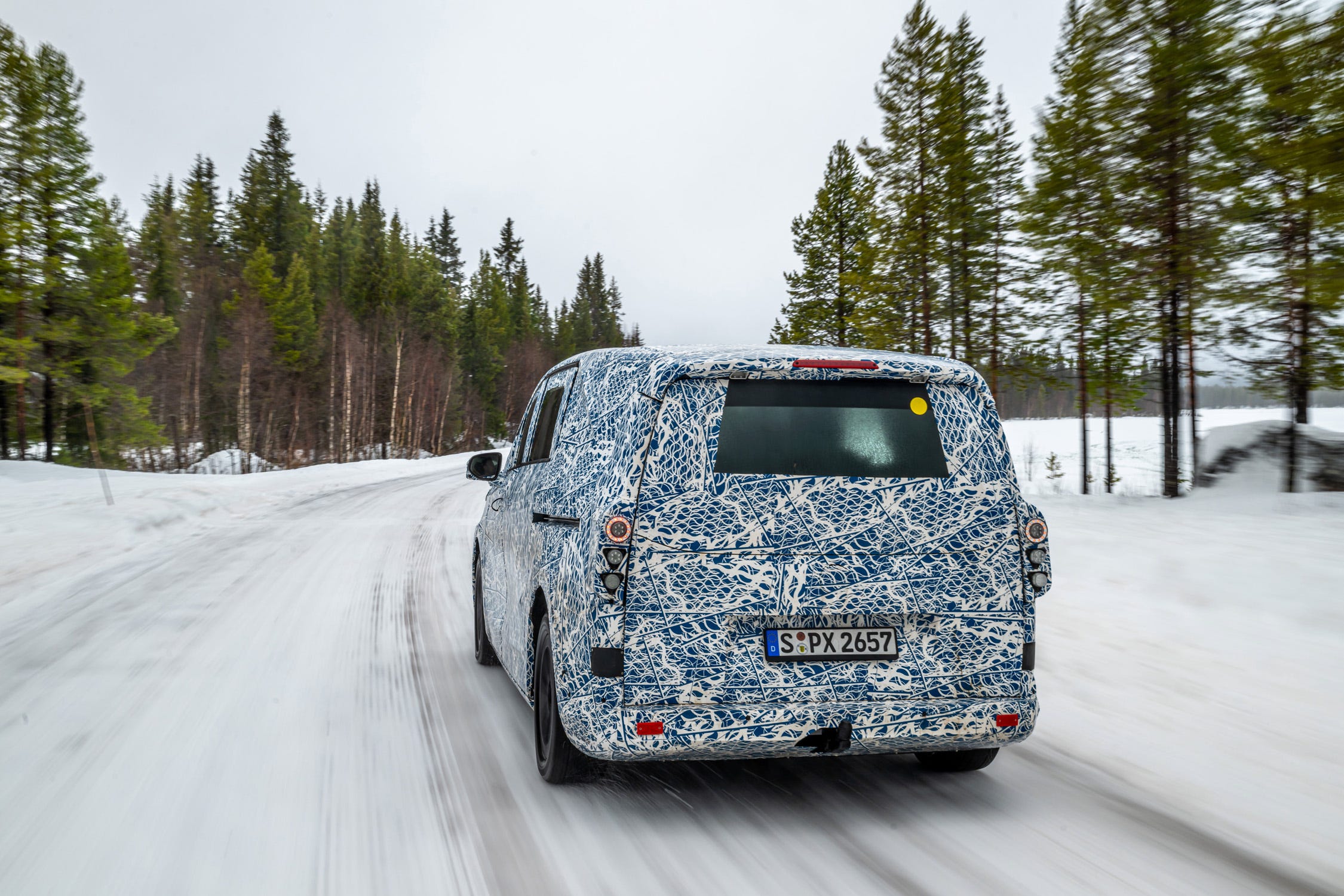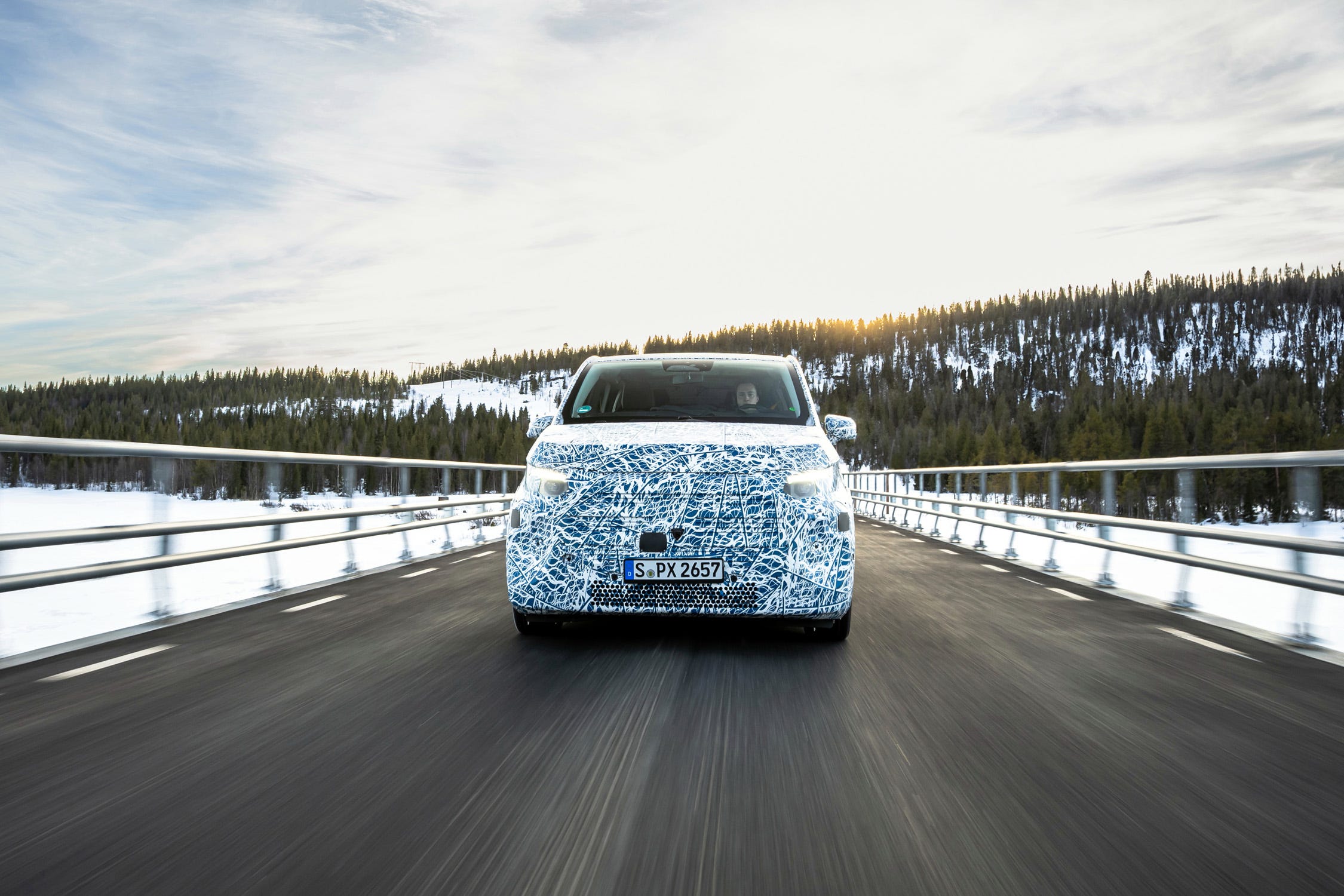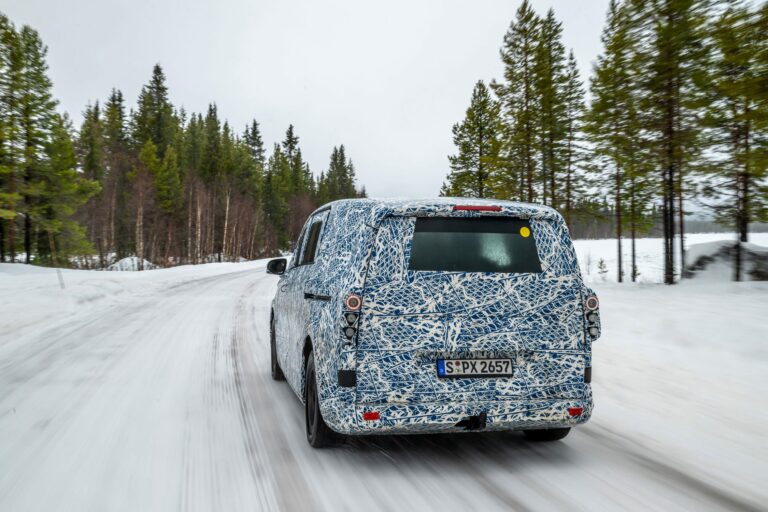Mercedes-Benz’s Ambitious Electric Van Project
Mercedes-Benz is on the verge of unveiling a new electric van, still unnamed and known only by its platform name, Van.EA. This new architecture is set to revolutionize the company’s van offerings, with a particular focus on luxury and performance. The Van.EA platform is designed to support a wide range of Mercedes-Benz vans, including a high-end people mover aimed at both Chinese and American markets.
A Luxury People Mover
The upcoming luxury van is reminiscent of Japanese favorites like the Toyota Alphard and Lexus LM, designed to serve as high-end VIP transport. This represents a significant shift in the US market, where luxury minivans are virtually nonexistent. Current minivans in the US market are largely functional and family-oriented, lacking the luxury appeal of brands like Mercedes-Benz. The new Van.EA-based vehicle aims to change this by offering a luxurious, private-use van that doesn’t carry the burden of commercial-grade components.

To achieve this luxury status, Mercedes-Benz’s van team collaborated closely with the passenger-car division to create a vehicle that feels more like a car than a traditional van. The goal is to make this high-end people mover the preferred transport for VIPs, though Mercedes wouldn’t be disappointed if it also became popular among affluent parents at private schools.
Technical Specifications
While specific details are scarce, we know that Van.EA will feature an 800-volt architecture, enabling fast DC charging. The onboard charger can accept up to 22 kW of AC power. The platform will support dual-motor all-wheel drive and rear-axle steering. Mercedes aims for an EPA range estimate of over 300 miles. A complementary platform, Van.CA, is being developed for internal combustion engines, sharing about 70% of its components with Van.EA.
Early Driving Impressions
During early testing in Arjeplog, Sweden, the camouflaged Van.EA prototype impressed with its capabilities. The van features three large displays across the dashboard, including a giant gauge display and screens for infotainment and passengers. On snowy and icy terrain, the van demonstrated impressive stability and control, thanks to its advanced all-wheel-drive system and electronic stability control.

The van’s seating position felt more car-like than typical vans, with good visibility when not obstructed by camouflage. The ride over rough terrain was smooth, with the body controlling its movements well over dips.
Challenges Ahead
The biggest challenge for Van.EA won’t be the vehicle itself, but convincing affluent Americans to choose a van over a traditional SUV, even if it’s from Mercedes-Benz. The company believes that the spaciousness of a van is a key luxury feature, but it remains to be seen if consumers will accept this new shape in their mental image of luxury vehicles.
As Mercedes-Benz continues to develop the Van.EA platform and its associated vehicles, the automotive world watches with anticipation. Will this new electric luxury van succeed in bridging the gap between functionality and luxury? Only time will tell.



